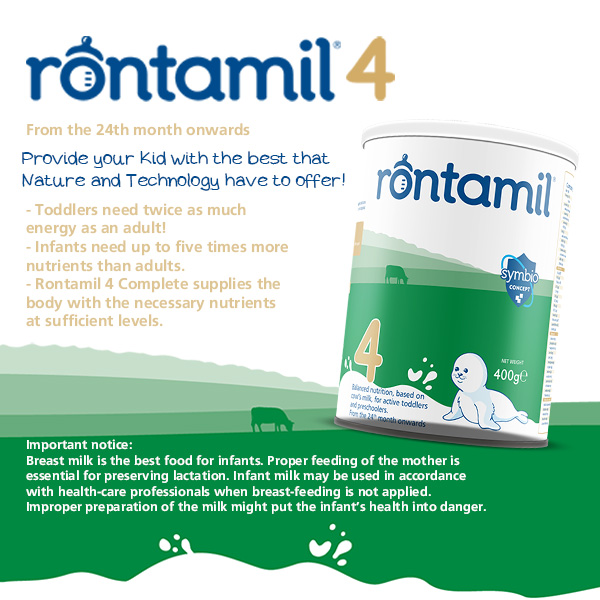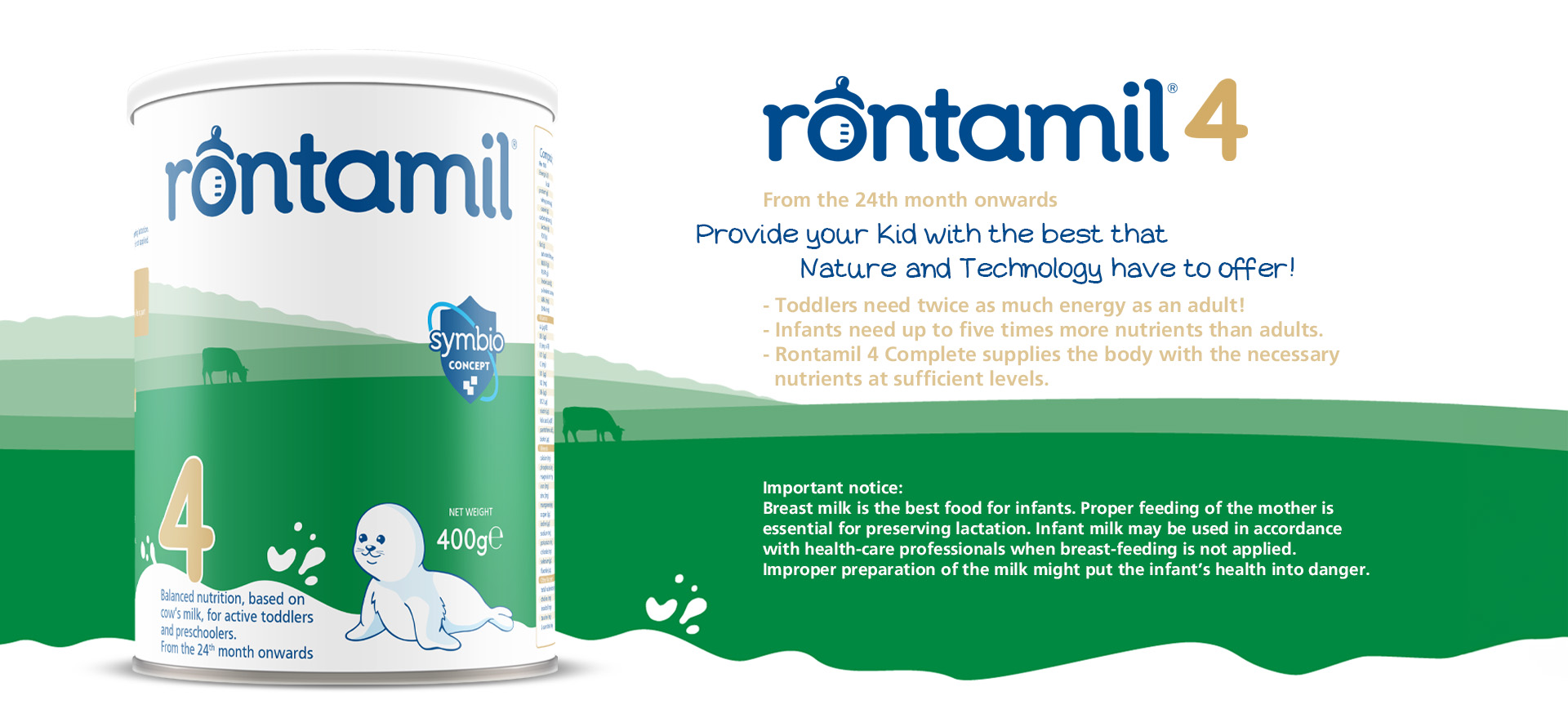Select your baby’s birth date or your due date.
Calendar
What is Baby-Led Weaning?
How to Help Your Infant Feed Themselves
Hands off, mama! With baby-led weaning, your kid is in charge. It might be the best thing to happen in the highchair since the invention of the bib. Here are some tips for baby-led weaning success. Popularized in the U.K. with the publication of Baby-Led Weaning, by Gill Rapley and Tracey Murkett, this method has long been used around the world. Now, enthusiasm for baby-led weaning is also growing in the United States. It is especially popular among young parents looking for a more natural and family-friendly way of serving solids.
When to Start Baby-Led Weaning
Wait until your baby is ready. Your child should be able to sit in a highchair unassisted, have good neck strength, and be able to move food to the back of their mouth with up and down jaw movements. Most healthy children over 6 months of age are developmentally able to self-feed; however, strong chewing skills in some children may not be fully developed until 9 months. The baby-led weaning process will help develop those chewing skills.
Tips for Baby-Led Weaning Success
Consider a mixed approach. If spoon-feeding is most comfortable for you and Baby, there is no need to abandon it altogether before introducing finger foods. For the first month or two of self-feeding, your baby will do a lot of licking, tasting, and exploring-but not a lot of actual eating. So, purees can help make meals more filling and nutritious. Plus, some children just are not ready for finger foods at 6 months.
Prepare for messes. The goal of baby-led weaning is to let your little one explores food at their own pace, so that means smashing it, smearing it, dropping it, and probably making a big old mess at nearly every meal.
Dine together. Allow the infant to eat at the table during family meals. Even better: Give your baby some of the same ingredients that make up your dish.
Let your baby use safe utensils. It is key to encourage your child to start participating in the delivery of food early on. Let your child reach for the spoon and guide it to his mouth with or without your help. Make sure the child is leading the process. Avoid toothpicks or other skewers.
Rest assured your baby is getting enough nutrients. Your baby is still getting most of their nutrition from breast milk or formula, so do not worry if they do not actually swallow many solids. If they seem frustrated or unsatisfied by their meals, consider supplementing finger foods with purees until they get the hang of self-feeding.
Do not get overly heated or emotional. Eating should be treated as a natural and expected part of the day. Do not praise, pressure, or scold about eating.



